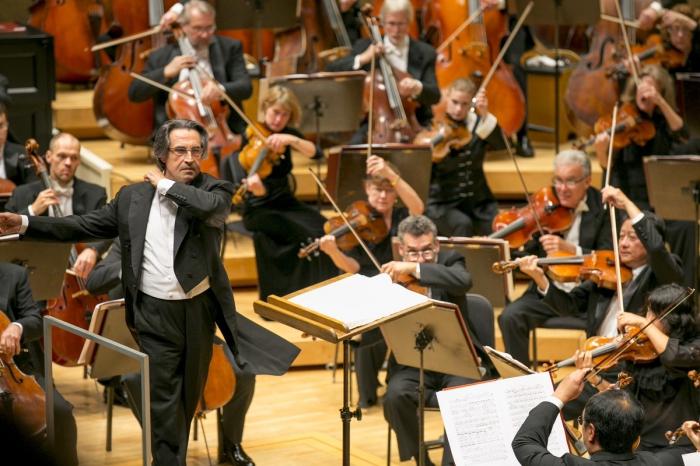Symphonic music surprisingly does not give up its position, although its history goes back centuries. It would seem that time dictates new harmonies and rhythms, new instruments are invented, the process of writing takes on new forms - to write music, now you need a computer with a suitable program. However, symphonic music not only does not want to go down in history, but also acquires a new sound.
A little bit about the history of the genre, more precisely, the whole spectrum of genres, since the concept of symphonic music is multifaceted, combines several musical forms. The general concept is this: it is instrumental music written for a symphony orchestra. And such orchestras can be created from large to chamber. Traditionally stand out orchestral groups - string instruments, wind instruments, percussion, keyboard. In some cases, instruments can be soloists, and not just sound in an ensemble.
There are many genres of symphonic music, but the symphony can be called the queen. The classical symphony was formed at the turn of the 18-19 centuries, its creators were the composers of the Vienna school, primarily Joseph Haydn and Wolfgang Amadeus Mozart. It was they who perfected the four-part symphonic model, the diversity of themes in the parts of the symphony, the programmatic nature of each piece. Symphonic music has risen to a new level thanks to the work of Ludwig Van Beethoven. He made this genre more intense, dramatic, shifted the semantic center to the finale of the symphony.

Beethoven's example was followed by the romantic composers of the German and Austrian schools - Franz Schubert, Robert Schumann, Felix Mendelssohn, Johannes Brahms. The main thing they considered the programmatic nature of the symphonic work, the scope of the symphony became close to them, new genres appeared, such as a symphony-oratorio, a symphony-concert. This trend was continued by other classics of European symphonic music - Hector Berlioz, Franz Liszt, Gustav Mahler.
Symphonic music in Russia seriously declared itself only in the second half of the 19th century. Although the first symphonic experiments by Mikhail Glinka can be called successful, his symphonic overtures and fantasies laid the serious foundations of Russian symphonism, which reached true perfection in the works of the composers of The Mighty Handful - M. Balakirev, N. Rimsky-Korsakov, A. Borodin.
Historically, Russian symphonic music, passing the classical stage of development, was formed as romantic with elements of national color. Authentic masterpieces that have received worldwide recognition, created by Peter Tchaikovsky. His symphonies are still considered the standard of the genre, and the successors of the Tchaikovsky tradition are S. Rachmaninov and A. Scriabin.
Modern symphonic music, like all music of the 20th century, is in an active creative search. Can the Russian composers S. Stravinsky, S. Prokofiev, D. Shostakovich, A. Schnittke and other luminaries be considered contemporary? And the music of such famous composers of the 20th century as Finn Jan Sibelius, Englishman Benjamin Britten, Pole Krzysztof Penderetsky? Symphonic music in modern processing, as well as in traditional, classical sound, is still in demand on world stage venues. New genres appear - symphonic rock, symphonic metal. This means that the life of symphonic music continues.